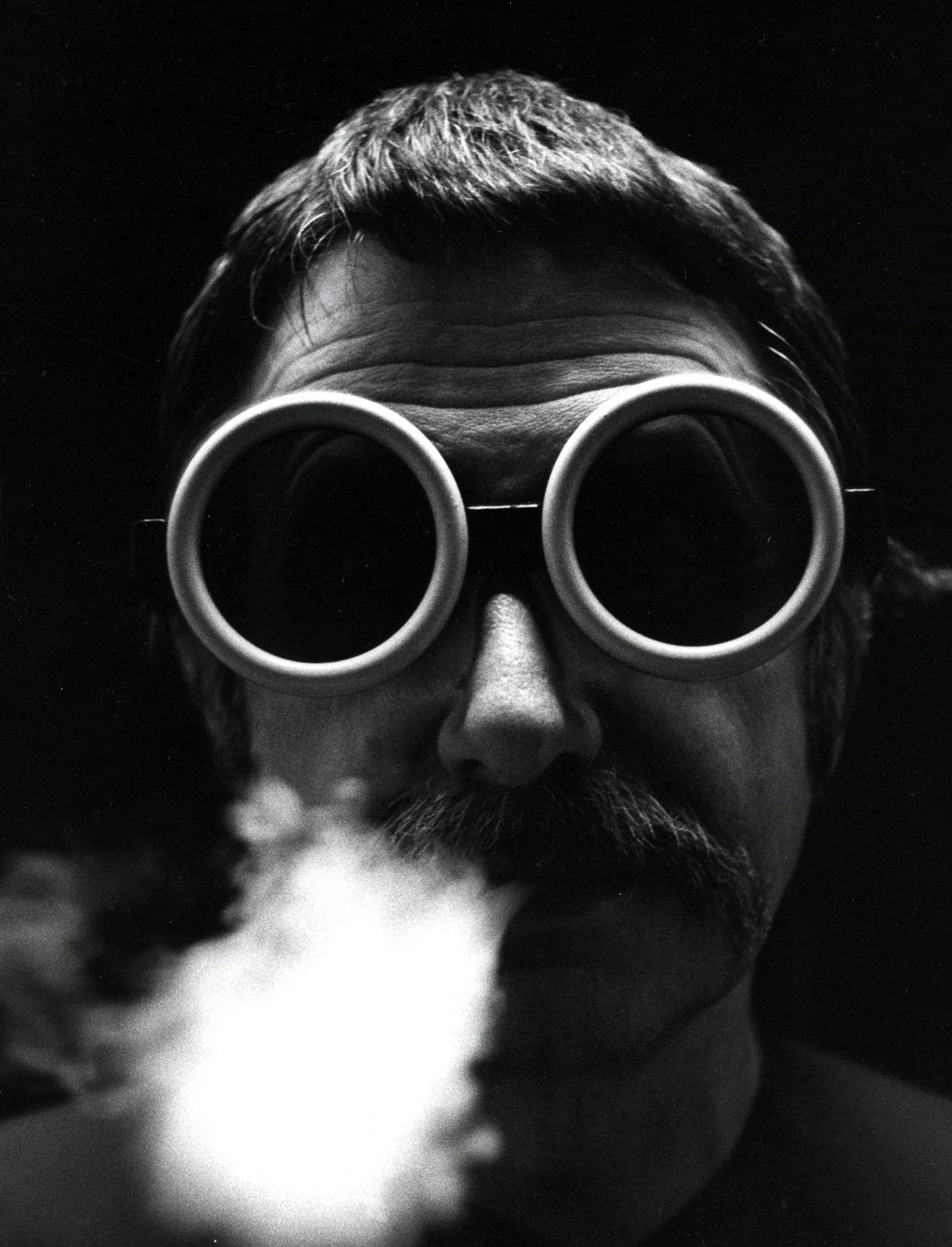
19
17
born in Innsbruck, Austria
39
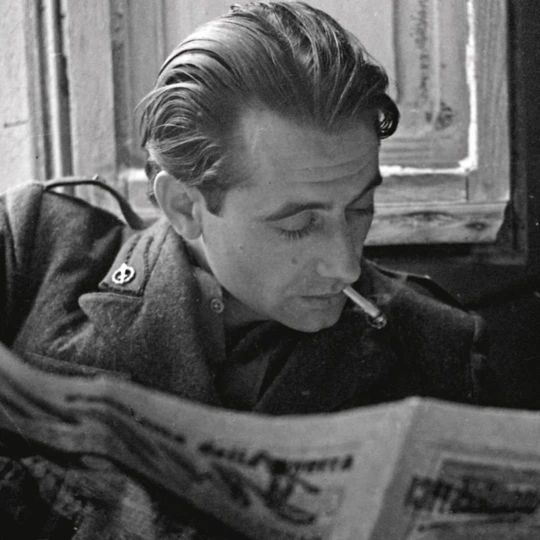
Ettore Sottsass during World War II, c. 1944. © Courtesy Phaidon Press.
graduates from Polytechnic University of Turin
47
opens his own architectural and industrial design studio in Milan
57
art director at Poltronova
58
begins work as designer for Olivetti
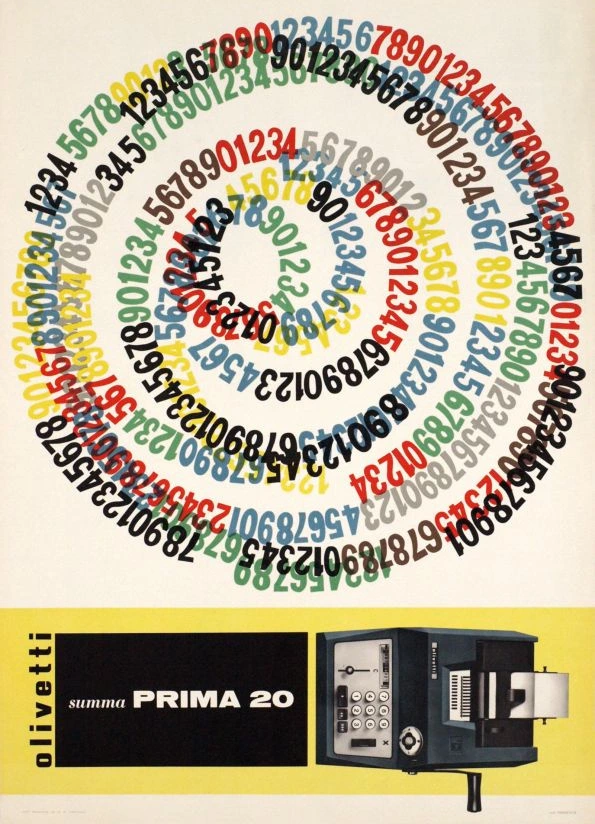

Poster for Olivetti Summa Prima 20 designed by Giovanni Pintori, 1960.
Print advertisement for Olivetti Lettera 32 designed by Pintori Giovanni, 1960.
59
with Mario Tchou and Roberto Olivetti wins Compasso d’Oro for design of the Olivetti mainframe computer Elea 9003
Olivetti Elea 9003 computer, 1959. © 2017 Artists Rights Society (ARS), New York / ADAGP, Paris.
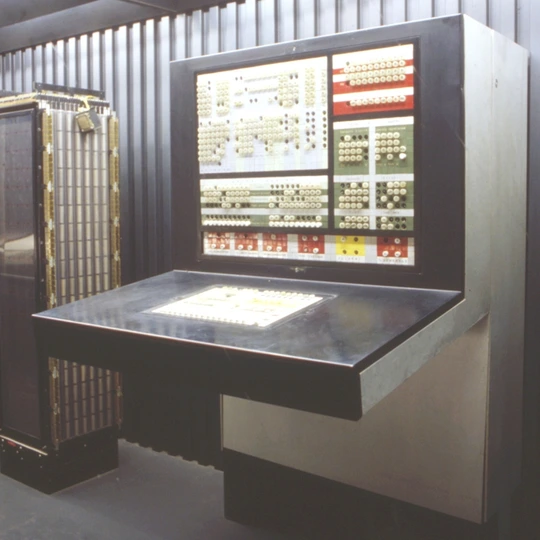
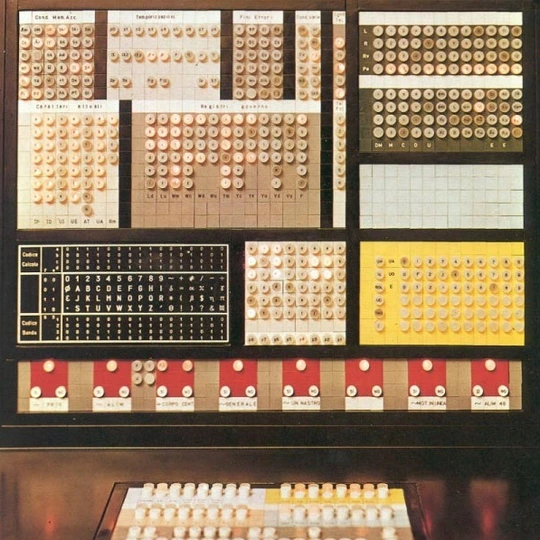
68
awarded honorary doctorate of art by the Royal College of Art (London)
69
his Valentine portable typewriter for Olivetti reaches the market

Valentine portable typewriter, 1968. Photo by Alberto Fioravanti © 2017 Artists Rights Society (ARS), New York / ADAGP, Paris.

80
establishes design group Memphis

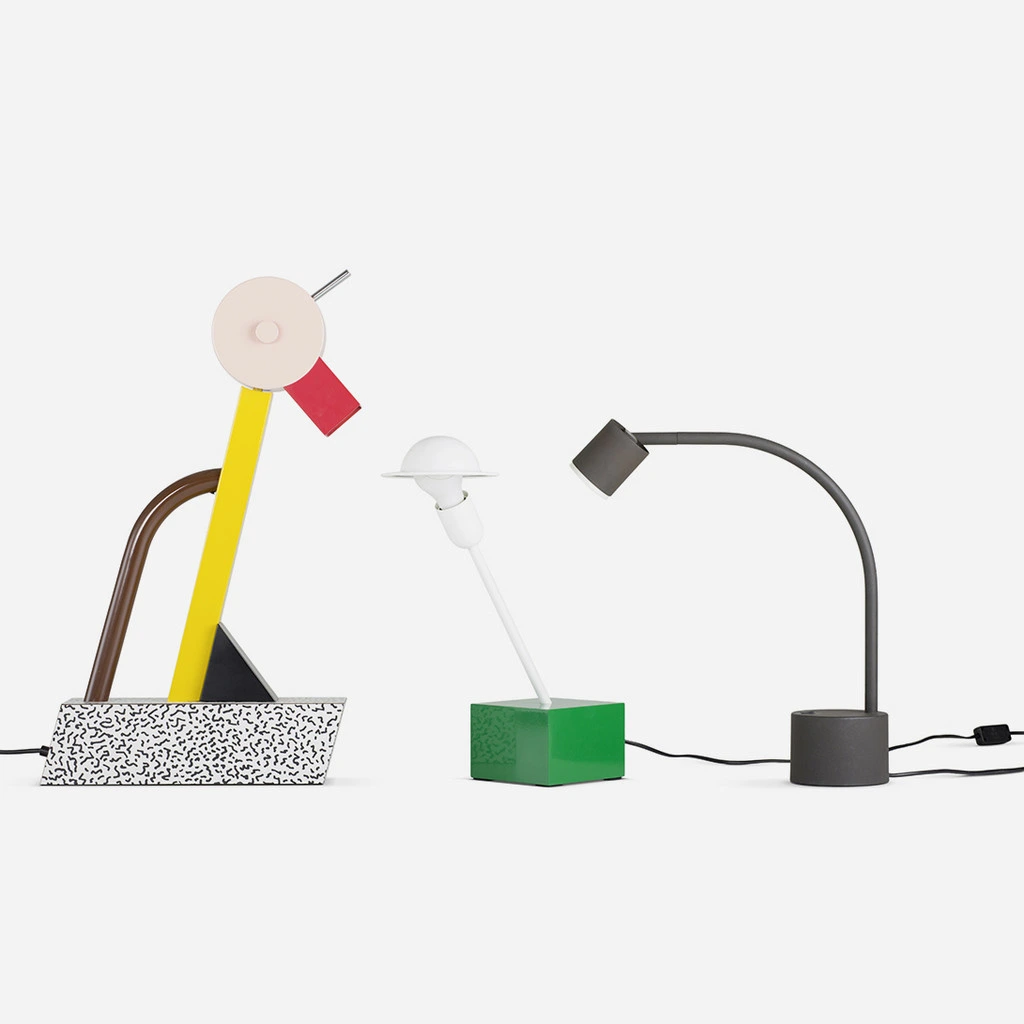
Table lamps: Tahiti, 1981; Don, 1977; Halo Click, c. 1988. Photo by Jürgen Hans © 2017 Artists Rights Society (ARS), New York / ADAGP, Paris.
81
with Memphis colleagues founds Sottsass Associati
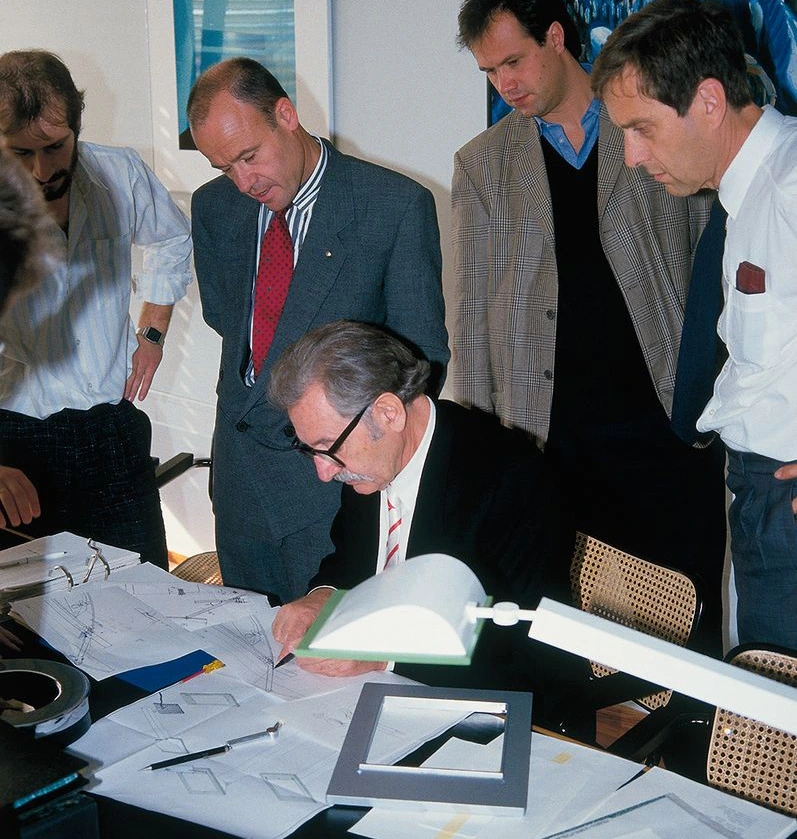

Collaboration between Zumtobel and Ettore Sottsass, 1986. © Zumtobel.
Lamp designed by Ettore Sottsass for Zumtobel. © Zumtobel.
2007
dies in Milan at 90
i make no special difference between architecture and design, they are two different stages of invention. —ettore sottsass
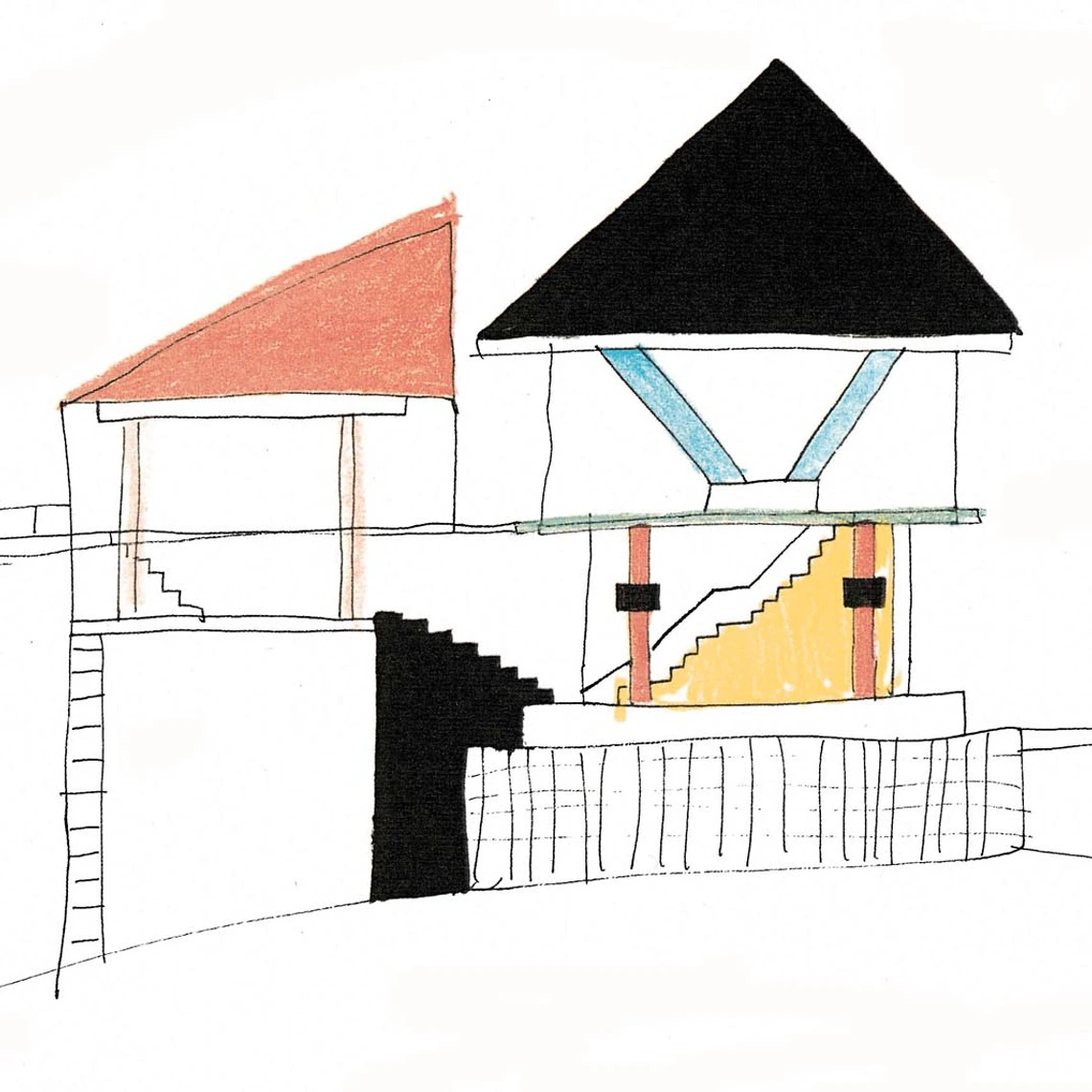
Sketch for Casa Wolf (1987–89). © Sottsass Associati.
typewriters
From 1958 into the 1960s, Sottsass worked for the Olivetti company on the design of typewriters and other office equipment. In his first year, he designed Tekne 3, a typewriter, and was part of the team that produced the first Italian mainframe computer, Elea 9003, for which he, Mario Tschou and Roberto Olivetti won the Compasso d’Oro. But Sottsass’ real hit was Valentine, the bright red portable typewriter that he called “a simple little toy.”
It could be used anywhere outside the office, he thought, with “no suggestion of the monotony of work.” He saw it as being used by “aspiring poets on quiet Sundays in the country” and as “a vivid object on a table in a city apartment.”